Teak Wood
- September 11, 2023
- 0 comment

Teak is a tropical hardwood tree species placed in the flowering plant family Lamiaceae. It’s native to South and Southeast Asia, particularly India, Indonesia, Malaysia, Thailand, and Myanmar. Teak wood is known for its durable and water-resistant properties, making it an ideal choice for outdoor furniture, boat decks, and other woodwork exposed to the elements.
Color
The heartwood of mature teak trees is a rich golden brown, though it can sometimes be reddish-brown. The sapwood (the outer layers of the tree that are younger and carry nutrients) is usually pale yellow and is clearly demarcated from the heartwood.

Texture
Teak wood has a straight grain pattern, although it can occasionally be wavy. The texture is coarse and uneven.

Leaves
Teak tree leaves are large, opposite, elliptical, and slightly hairy. They can be as large as 20-40 cm in length and 15-30 cm in width.

Flower
The teak tree produces small, fragrant white flowers which are arranged in large, dense panicles (clusters).
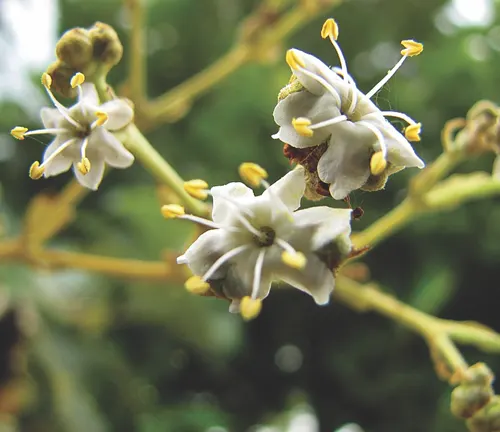
Bark
The bark of the teak tree is rough and has a grayish-brown color.
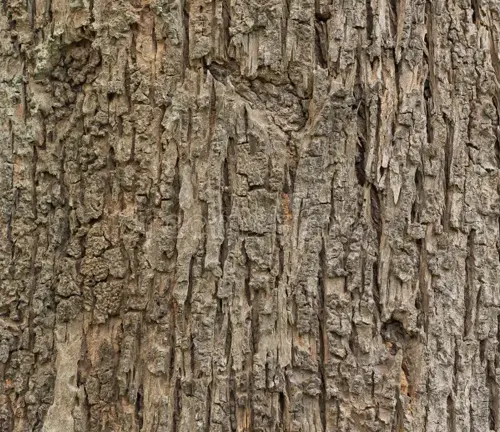
Seed
Teak seeds are enclosed in a drupe (a type of fruit). The seeds are small and have a thin endosperm.
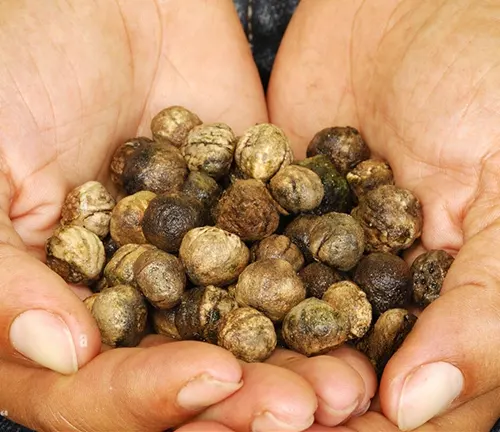
Growth
Teak trees are fast-growing under optimal conditions. They can grow up to 30-40 meters in height with large diameters. The tree matures in about 80-90 years, but plantation-grown teak trees can be harvested as early as 20-25 years.
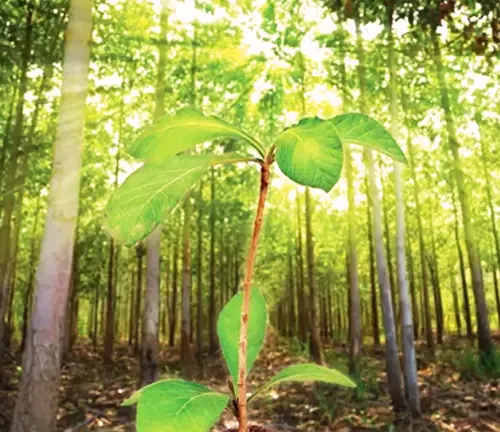
Cost
The cost of teak wood can vary widely based on factors like quality, age, origin, and whether it was plantation-grown or wild-grown. As of my last update in 2022, teak was one of the more expensive woods due to its desirable properties and limited natural distribution. However, prices change over time and according to market conditions, so it’s advisable to check current rates from local suppliers.
Common Pests & Diseases
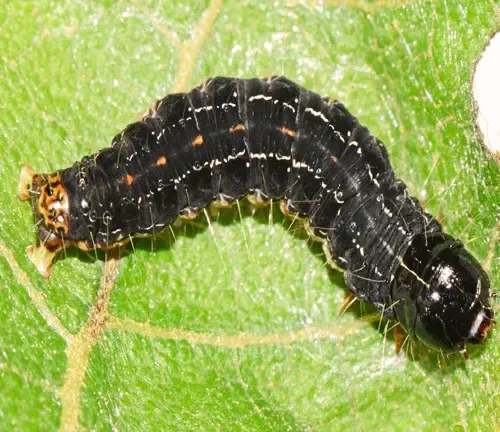
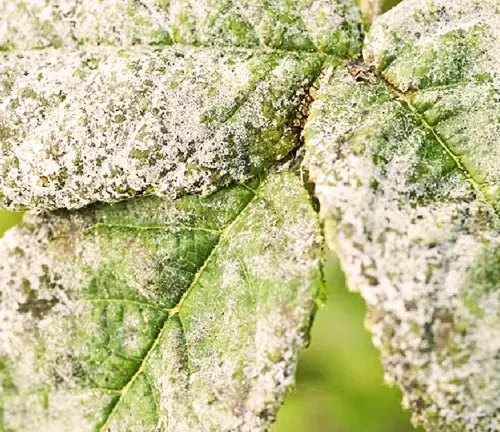
Teak trees, revered for their durable wood, are nonetheless susceptible to a range of pests and diseases. Two particularly notable pests are the Teak defoliator (Hyblaea puera), a moth whose larvae voraciously consume teak leaves, and the Teak skeletonizer (Eutectona machaeralis), another moth species whose larvae damage the foliage, rendering it skeletal. In the realm of diseases, teak trees often grapple with Powdery mildew (Oidium tectonae), which manifests as a white powdery substance adorning the leaves, and Teak canker (Phaeoacremonium spp. and others), a fungal affliction that spawns cankers or unsightly growths on the tree. Regular monitoring and proactive management can help keep these adversaries in check.
Different Types of Teak Wood
- Burmese Teak or Myanmar Teak(Tectona grandis): hails primarily from Myanmar, the country once known as Burma. This type of teak boasts a golden brown hue, characterized by a straight grain and a coarse texture. Widely regarded as the highest quality of teak, its supremacy can be attributed to its age, the natural environments it thrives, and its notably dense grain. The premium nature of Burmese Teak makes it the preferred choice for crafting high-end furniture, constructing ships, and designing luxurious flooring.
- Indonesian Teak (Tectona grandis): predominantly grows in the vast plantations scattered throughout Indonesia, with the island of Java standing out as a prime locale. The quality of Indonesian teak can be quite diverse, contingent upon the specific region it originates from. Typically, it possesses a lighter hue when juxtaposed with Burmese Teak. An essential point to note is that a considerable portion of Indonesian teak, especially from government-controlled plantations, is sustainably harvested, aligning with eco-friendly practices. This variant of teak lends itself beautifully to the creation of furniture, intricate carvings, and decks.
- Indian Teak (Tectona grandis): draws its roots from the varied terrains of India. It showcases a darker golden brown shade and is often distinguished by its wavy grain patterns. Some specific regions within India, like Malabar, yield teak that captivates with a striking dark streak flowing through the grain. Given its aesthetic appeal and sturdiness, Indian teak finds extensive use in fashioning furniture, interior paneling, and shipbuilding endeavors.
- Thai Teak (Tectona grandis): was once unparalleled, with it being sourced from the picturesque landscapes of Thailand. This teak, in its prime, was celebrated for its impeccable quality. However, incessant logging activities have induced a decline in both its quality and availability. Modern-day Thai teak frequently presents as less dense, accompanied by a paler shade. Despite these shifts, it continues to be an integral part of traditional Thai architecture and furniture pieces.
- African Teak (Pericopsis elata): Colloquially known as Afrormosia, is somewhat of an enigma, as it isn’t genuine teak. Originating from West Africa, it mimics teak in appearance and durability. African Teak exudes a yellowish-brown shade, which gracefully darkens as it ages. Owing to its robust nature, it’s commonly employed in the making of flooring, veneer applications, and boat-building.
- Plantation Teak (Tectona grandis): Cultivated in specialized plantations spanning diverse regions, from the vibrant landscapes of Latin America and Africa to the serene Pacific regions. Being generally younger trees with accelerated growth rates, the resultant wood is somewhat less dense. While its durability remains commendable, it often doesn’t match the strength of teak that grows naturally in traditional terrains. This form of teak is extensively used to produce outdoor furniture and a plethora of wood products.
- South American Teak (Dipteryx odorata): Commonly referred to as Cumaru or Brazilian Teak, is indigenous to the expansive terrains of Central and South America. An essential distinction is that it’s not genuine teak. However, its resemblance to teak, in terms of hardness and coloration, is uncanny. Exhibiting a reddish-brown tint, South American Teak is frequently chosen for decking projects, flooring installations, and crafting outdoor furniture.
FAQs
- Why is teak wood so popular for outdoor furniture?
Teak wood contains natural oils that make it resistant to rot, insects, and adverse weather conditions. This durability makes it an ideal choice for outdoor furniture. - What makes teak wood water-resistant?
The natural oils in teak wood repel water, preventing it from seeping into the wood. This property is beneficial for boat decks and other applications that are frequently exposed to water. - Why is teak wood often more expensive than other types of wood?
The combination of its aesthetic appeal, durability, water resistance, and limited natural distribution makes teak a sought-after wood, often driving up its price. - Can teak wood change color over time?
Yes, when exposed to sunlight, teak wood can change from its original golden-brown color to a silvery-gray patina. This doesn’t indicate deterioration but is a natural aging process. - How should I maintain and clean teak furniture?
Regular cleaning with a mild soap solution helps maintain its appearance. If you prefer the golden-brown color, you can use teak sealers. To restore the silver-gray patina to its original color, you can sand the wood. - Is all teak wood the same?
No, the quality of teak wood can vary based on where it’s grown. Teak from slow-growth trees in natural forests often has better properties than fast-growth plantation teak. - Is it environmentally responsible to buy teak wood?
Teak logging has led to deforestation issues in the past. However, sustainably managed teak plantations are becoming more common. It’s essential to buy teak products certified by organizations like the Forest Stewardship Council (FSC) to ensure responsible sourcing. - What are the alternatives to teak wood for outdoor furniture?
While teak is a top choice, other durable woods like cedar, redwood, and eucalyptus are also popular for outdoor applications. - Why does teak wood often have a unique grain pattern?
Teak’s grain pattern results from its growth in varied environmental conditions, with alternating periods of rain and drought. This gives each piece of teak wood a distinct and beautiful grain. - How long can teak wood furniture last?
With proper care, teak furniture can last for several decades, often outlasting typical softwood or even other hardwood furnishings.
In the realm of timbers, teak stands as a testament to nature’s incredible ability to marry beauty with resilience. Its golden hues and intricate grain patterns have not only graced luxurious interiors but have also withstood the test of time and elements outdoors. Beyond its undeniable aesthetics, the enduring legacy of teak lies in its innate strength and resistance, making it an unmatched choice for myriad applications. As we continue to discover and innovate in the world of woodwork, teak remains a timeless classic, echoing stories of centuries past while promising enduring elegance for generations to come.


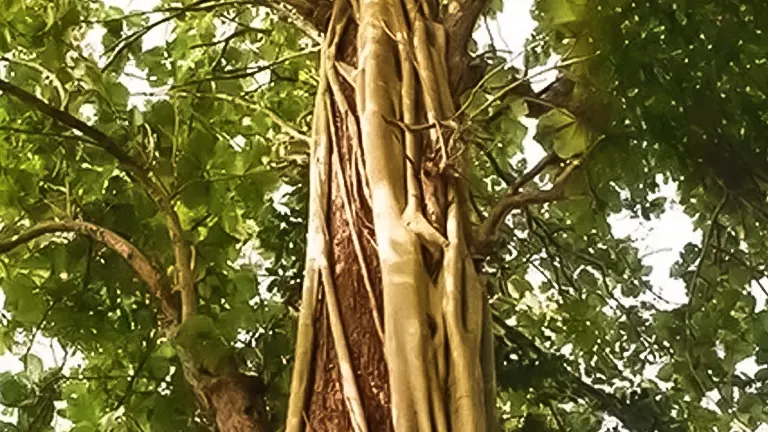
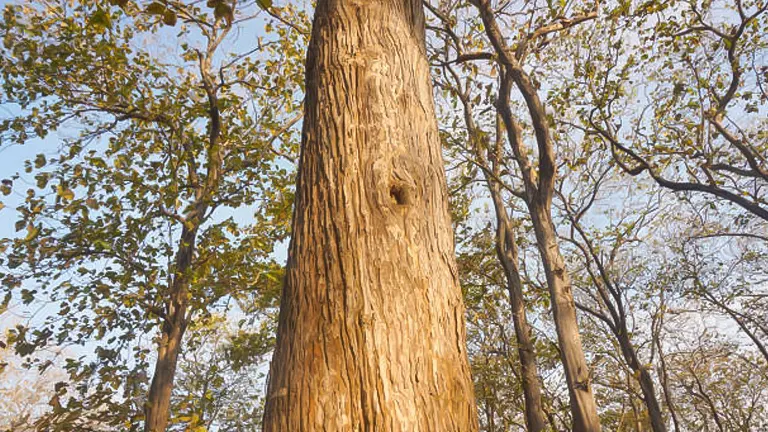
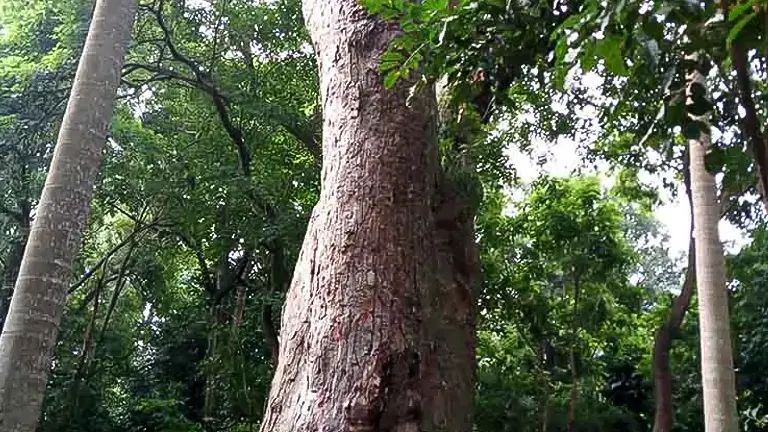
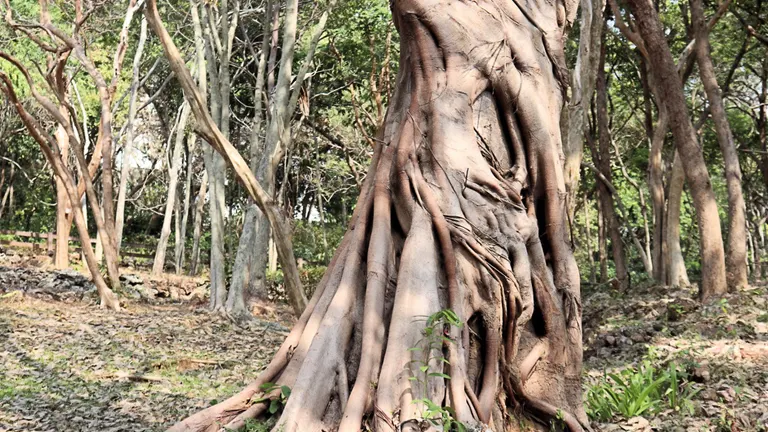

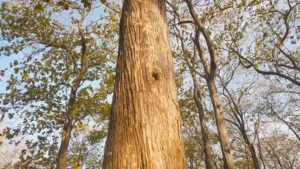

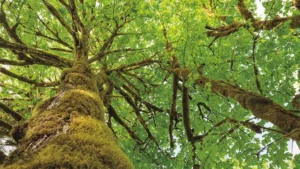
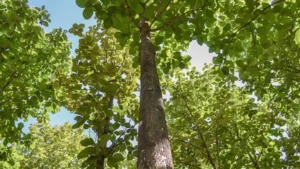
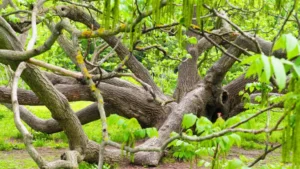
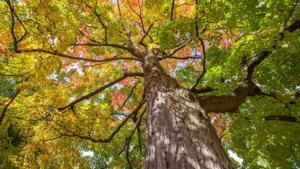
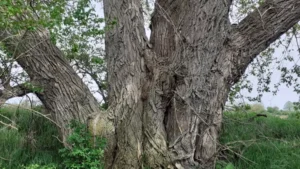
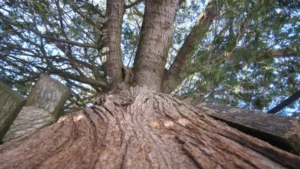
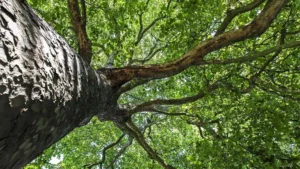
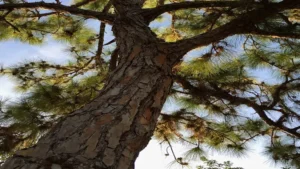
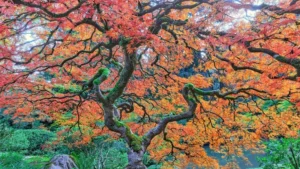
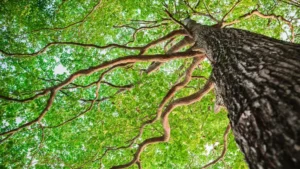
Leave your comment